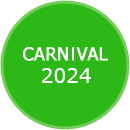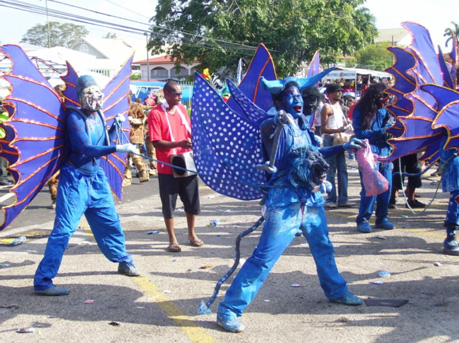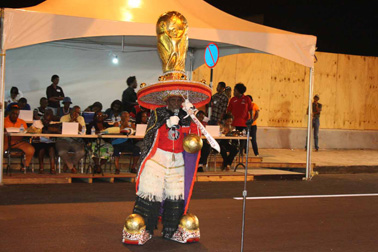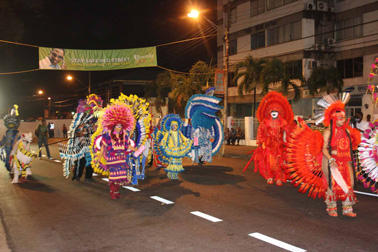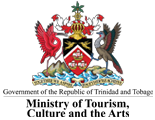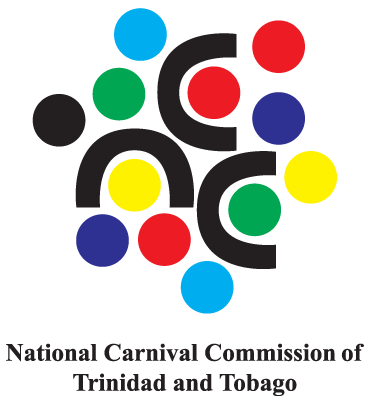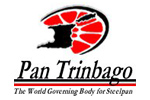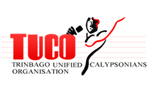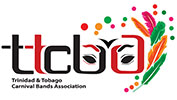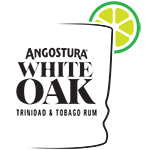Traditional Mas Characters - Minstrels
Minstrels
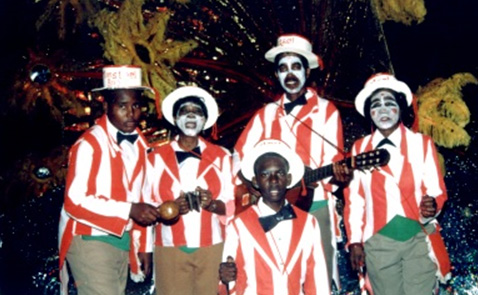
Photos and research courtesy the Carnival Institute of Trinidad and Tobago (CITT).
Minstrels are classified as any band of singers, disguised with or without painted faces and using instruments such as the banjo, maracas, clappers, rattle etc., simulating American negro dancers of days gone by. The Minstrel in Trinidad dressed in “Whiteface”, they parodied the white minstrels in America who dressed in “Blackface” and claimed to imitate the behaviour of blacks. Minstrel of old sang plantation songs and other American songs like “Swanee River” and dressed in a variety of costumes e.g. Uncle Sam tailcoat, pinstripe trousers, white gloves and felt top hat.






